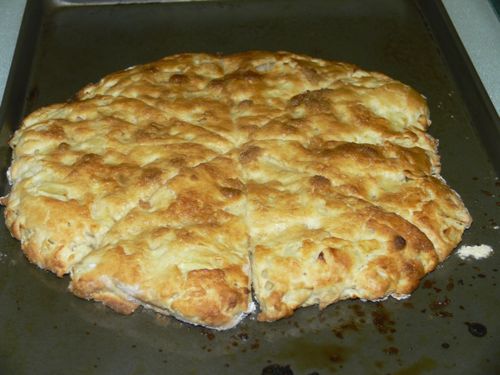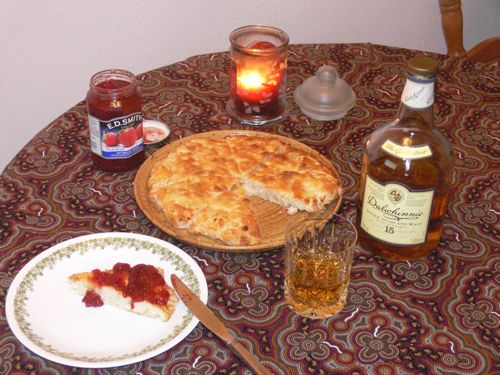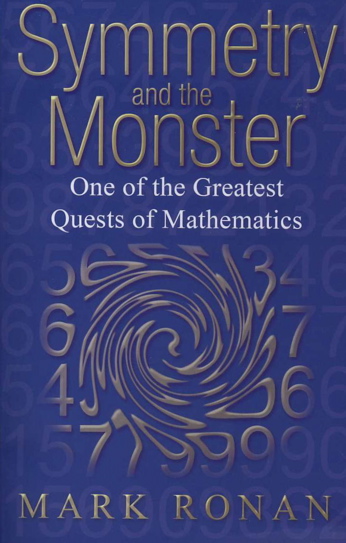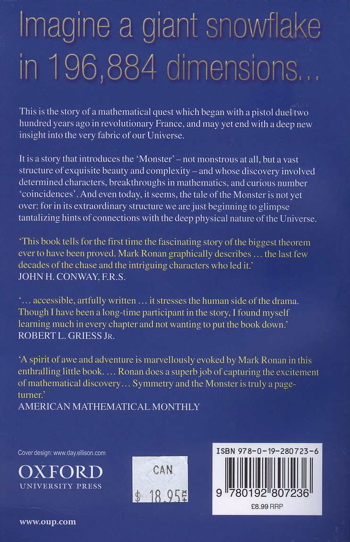
Home
Journals 2008
Year to Date
January
February
March
April
May
June
July
August
September
October
November
December
Time Tables 2008
Year to Date
January
February
March
April
May
June
July
August
September
October
November
December

Year to Date
January
February
March
April
May
June
July
August
September
October
November
December
Year to Date
January
February
March
April
May
June
July
August
September
October
November
December
It is +9 C with a high forecast of +10 C. Sunrise 5:35 Sunset 21:21 Hours of daylight: 15:46.
See current forecast here. See current news here.This page last updated on: Sunday, May 25, 2008 5:33 AM
The light rain continues.
I have my first cup of coffee beside me as I set up the day.
| Long Term Activities | Planned Activities for Today | Time Today | Cumulative Total |
|---|---|---|---|
| Cull professional articles | Review Psychology articles | 5 hr |
|
| Prepare pdf files of my papers | Digitize 3 professional papers | 4 hr |
|
| Digitize slides | Digitize slide collection | 10 hr |
|
| Put away stamps | 0 hr |
| Learning Category | Planned Activities for Today | Time |
|---|---|---|
| Literature | Begin morning with a Rumi reading | |
| Puzzles & Games | New York Times crossword puzzles | 1 hr |
| Literature | Continue reading "The Temptations of Big Bear" by Rudy Wiebe | 1 hr |
| History | Continue reading "Indian Fall" by D'Arcy Jenish | 1 hr |
Mathematics |
Make a few notes on symmetry | 3 hr |
| Mathematics | Continue reading "Symmetry & the Monster" | 1 hr |
The goal today will be to reread the first 6 chapters of Ronan's book "Symmetry and the Monster" and then continue the book.
|
Mark Ronan. (2006). Symmetry and the Monster.
Here are links to my previous notes for this book: |
I keep bouncing between two levels. At one moment I think I understand the idea of symmetry atom and the next moment I am not sure. Worse, I have no real idea what is meant by a family of atoms. Googling "symmetry atoms" yielded this URL for the first site: http://www.nature.com/nature/journal/v451/n7179/full/451629a.html The web site is a book review in Nature magazine of Marcus du Sautoy's book "Symmetry" (the other book I just finished reading). This time the words work. "If the group of symmetries could be deconstructed into cyclic groups, then the solutions could be expressed in terms of roots. Some groups do not admit any deconstruction — they are 'atoms of symmetry' ... Atoms of symmetry are the basic building-blocks for all finite groups of symmetry ... Most symmetry atoms fit into a 'periodic table' where they belong in one of several families whose members enjoy similar properties. There are 26 exceptions. The largest of these is the 'Monster', a vast group of symmetries requiring at least 196,883 dimensions in which to operate. It exhibits numerical patterns similar to those obtained in an important branch of number theory, a connection dubbed 'Moonshine' by John Conway, who was one of the first to investigate it and marvel at its surprising magic. I am not yet sure what properties would be used to form the families, but this is a good beginning. Seeing this reference to du Sautoy is giving me the little nudge I need to send an email to du Sautoy asking about a reference to a group theory primer [p. 263 of "Symmetry"]. One can only try. du Sautoy gives his personal web URL: http://www.maths.ox.ac.uk/~dusautoy in the book and that provides me with an email address. Done. |
I tried typing Jacques Tits into google and found this web site: The mathematics was too dense for me on a quick skim, but I noticed a link to Bruhat-Tits buildings This was also too difficult, but I then tried a link to Coxeter groups This looks a little more manageable, but not a lot. I seem to be in an infinite regress ... I bought a book on Coxeter about a year ago and have just pulled it from my shelf: The King of Infinite Space - Donald Coxeter, the Man Who Saved Geometry. (2006) by Siobhan Roberts. But I now have a totally new vocabulary and set of ideas: crystals, multi-crystals, buildings, ... Wow! |
This web site provides a modern example of this approach. Two (or more) individuals could make a web site similar to this where each person provides meta-comments (in brown!) as well as mathematics (in green) and they then carry on a "conversation" as they iterate their web sites. Add to this video-conferencing using iChat or Skype ... This is not to suggest that this would replace face-to-face, but it might mean that such meetings would be even more productive. |
| I love this paragraph that begins "Here is the idea." We need more of this! Let's see the big picture and then we can begin to see how the details fit together. |
| Another great idea! Bring together a number of key people and have them interact regularly for an extended period of time. |
Tags: mathematics, symmetry
Here is the result of making a Traditional Scottish Apple Scone:


Books on the Go Today |
|
 |
 |
 |
 |
 |
 |